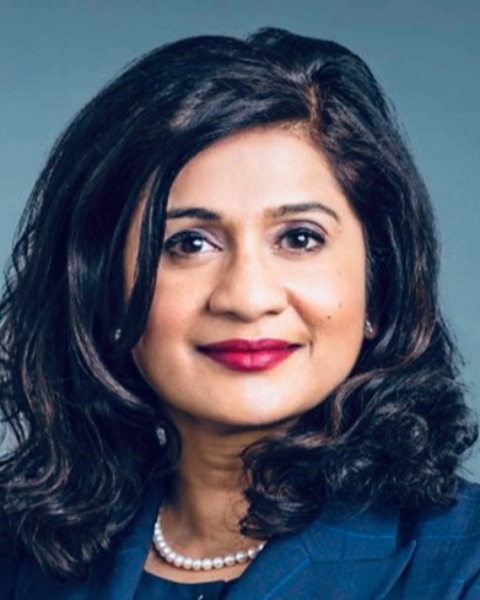Medical Education
Session: Medical Education 1
522 - The Equity Pause: Using Qualitative Research to Examine its Meaning and Application in Medical Education
Friday, May 3, 2024
5:15 PM - 7:15 PM ET
Poster Number: 522
Publication Number: 522.11
Publication Number: 522.11

Caroline R. Paul, MD (she/her/hers)
Associate Professor
NYU Grossman School of Medicine, NYU Langone Health
New York, New York, United States
Presenting Author(s)
Background: The Equity Pause (EP), first described outside of medicine, structures a space to bring the consciousness of equity into existing work. Organizations have used EPs to challenge group biases, dismantle inequity, and create more equitable solutions. The EP has been compared to surgical time-outs as a health equity concept. Still, its use is limited in the medical education literature, despite the growing body of health equity work.
Objective: To examine the meaningfulness of an EP in medical education, using a qualitative action research framework that was underpinned by Social Justice Theory.
Design/Methods: In 2023, semi-structured interviews were conducted with Pediatric residents (PR), family-parent advocates, education leaders, and a nurse using an interview guide that was informed by an extensive literature review and content and process experts. The guide was pilot-tested to refine question clarity. The entire team inductively coded 2 PR transcripts to develop the initial codebook. The remaining interviews were independently coded by 2 teams comprised of 2 investigators. The study teams reconciled team differences. Group discussion transpired for new codes, which were then applied to all the transcripts. The group constructed themes resulting from an inductive thematic analysis.
Results: Interviews were conducted with PR (n=8), family-parent advocates (n=4), pediatric education leadership (n=3), non-medical education leader (n=1), and pediatric operating room nurse (n=1).
Themes included: the need for more health equity learning both in formal venues (i.e. Grand Rounds and curricula) and in real-time “on-the-job” clinical care learning, specific need for EPs when caring for patients, impacts of societal crisis, lack of learning how to apply health equity knowledge in direct patient care, time as a barrier to health equity efforts in patient care, and influence of leadership such as rounding attendings and institutional culture in implementing an EP. Action steps emerged, creating a guide with concrete elements on how to implement an EP. Finally, participants described unintended consequences of an EP such as “check-the-box” phenomenon and stereotype threats.
Conclusion(s): The input of all stakeholders, from learners to families, is crucial to health equity education efforts. Using an action research framework, this study offers critical perspectives, identifies the need for EPs, and recommends an EP implementation framework. Future studies should examine more perspectives, including that of medical students and use the framework to develop and evaluate meaningful EPs in medical education settings.
